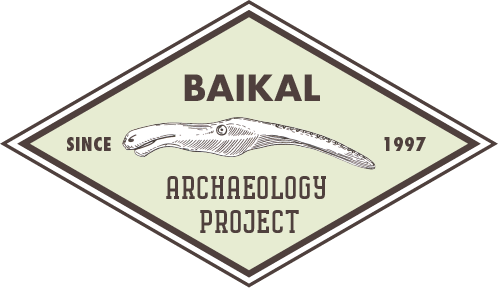There is increasing awareness of the need to correct for freshwater as well as marine reservoir effects when undertaking radiocarbon (14C) dating of human remains. Here, we explore the use of stable hydrogen isotopes (δ2H), alongside the more commonly used stable carbon (δ13C) and nitrogen isotopes (δ15N), for correcting 14C freshwater reservoir offsets in 10 paired human-faunal dates from graves at the prehistoric cemetery of Shamanka II, Lake Baikal, southern Siberia. Excluding one individual showing no offset, the average human-faunal offset was 515±175 14C yr. Linear regression models demonstrate a strong positive correlation between δ15N and δ2H ratios, supporting the use of δ2H as a proxy for trophic level. Both isotopes show moderate but significant correlations (r2 ~ 0.45, p < 0.05) with 14C offsets (while δ13C on its own does not), though δ2H performs marginally better. A regression model using all three stable isotopes to predict 14C offsets accounts for approximately 65% of the variation in the latter (r2=0.651, p=0.025), with both δ13C and δ2H, but not δ15N, contributing significantly. The results suggest that δ2H may be a useful proxy for freshwater reservoir corrections, though further work is needed.


